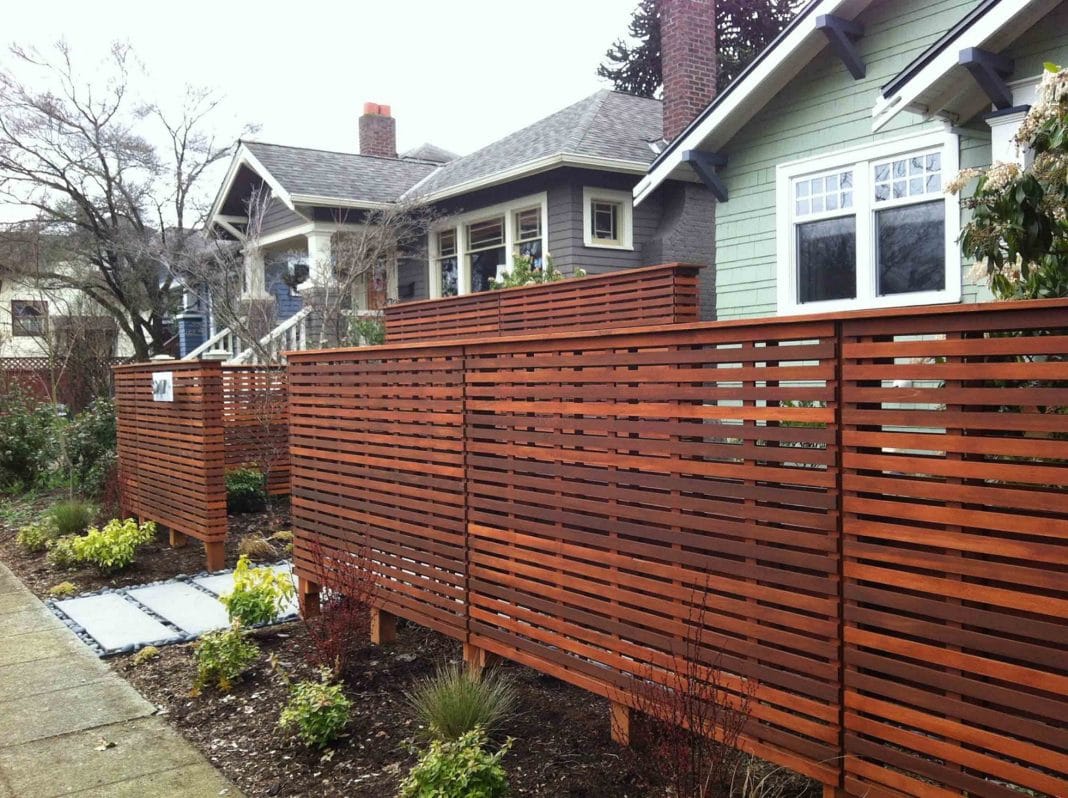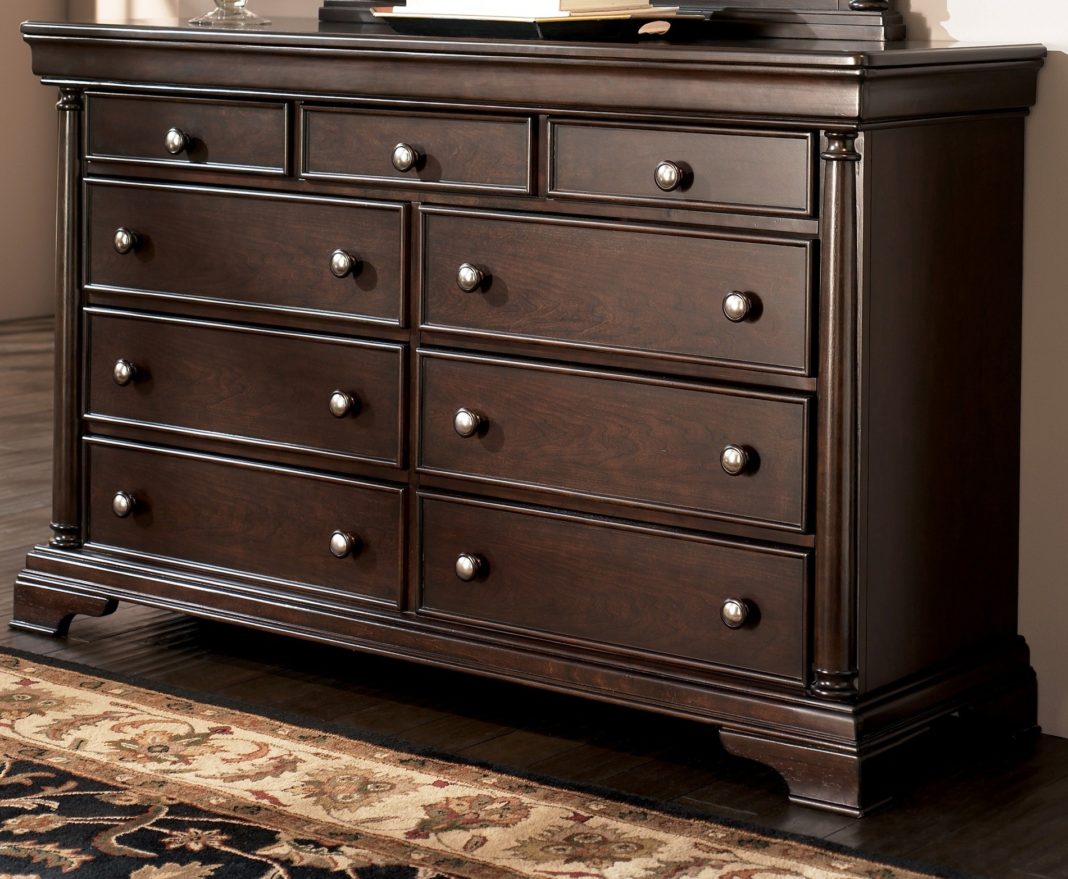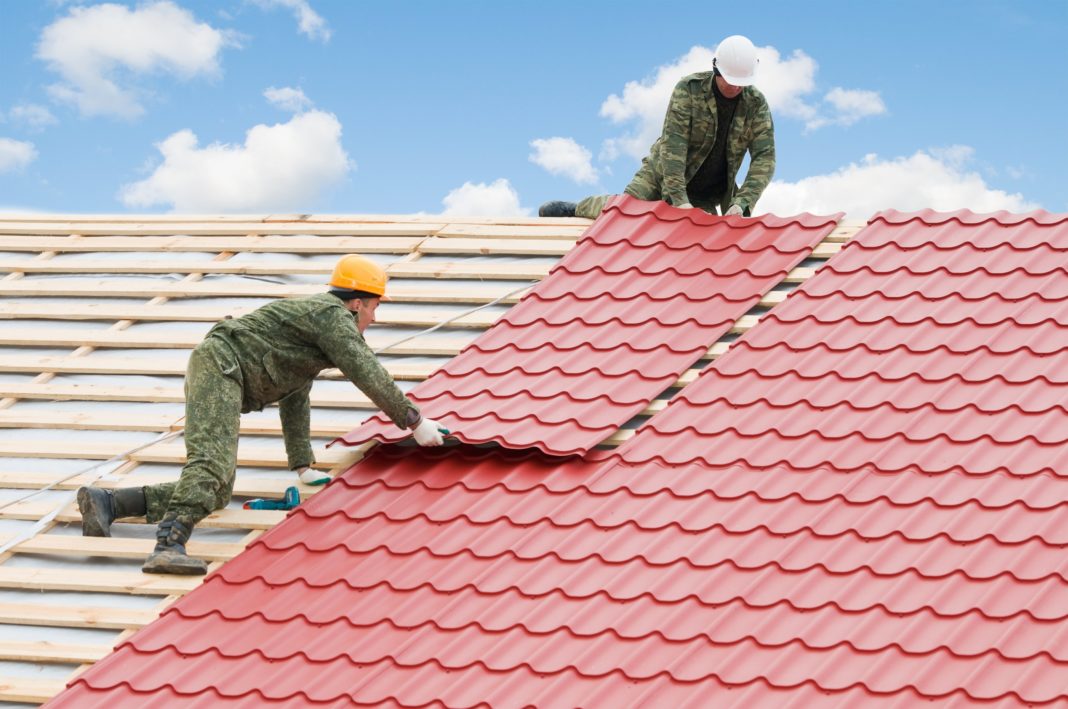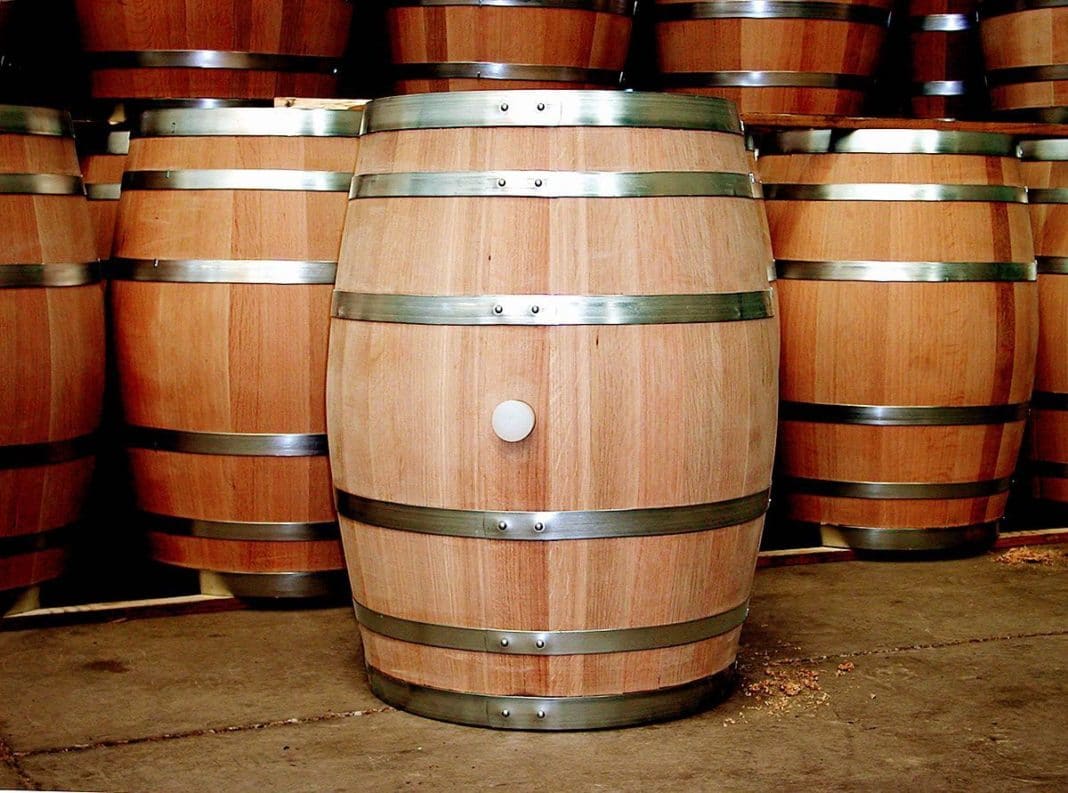A wooden board fence has excellent decorative appeal and is relatively inexpensive. Gardeners and owners of country houses should appreciate all the options for such a fence.
Rough-Sawn Boards: Advantages and Disadvantages

Rough-Sawn Board
A fence made of rough-sawn boards looks very natural. This material has several advantages:
- Low cost.
- Long service life.
- Easy installation.
- Unique appearance.
- Easy maintenance.
Building such a structure does not require complex work or a large selection of tools. If the craftsman has creative skills, a wooden fence made of rough-sawn boards will look great in any garden design.
Rough-sawn boards are the most affordable type of lumber in the form of a board with a completely or partially removed edge. Hardwood or softwood trees are used to make this material.
However, for fences, it is better to use boards from hardwood trees, as this material is more resistant to various weather conditions when used in outdoor structures. Birch is particularly valued for its strength.
When choosing rough-sawn boards, consider the following points:
- Inspect the structure of each element – there should be no knots, as this will affect the material’s ability to withstand various loads.
- The presence of cracks – this may indicate improper drying of the wood or poor storage conditions. As a result, the lifespan of such a fence is reduced.
- The quality of the sawn boards – they should be smooth and even.
A wooden fence also has its disadvantages:
- The surface of the fence must be periodically treated with a moisture-protective agent.
- It is affected by temperature fluctuations.
- Wood ignites quickly.
- After mechanical damage, the fence cannot be restored.
- It has limitations in the duration of use.
Types of Fences
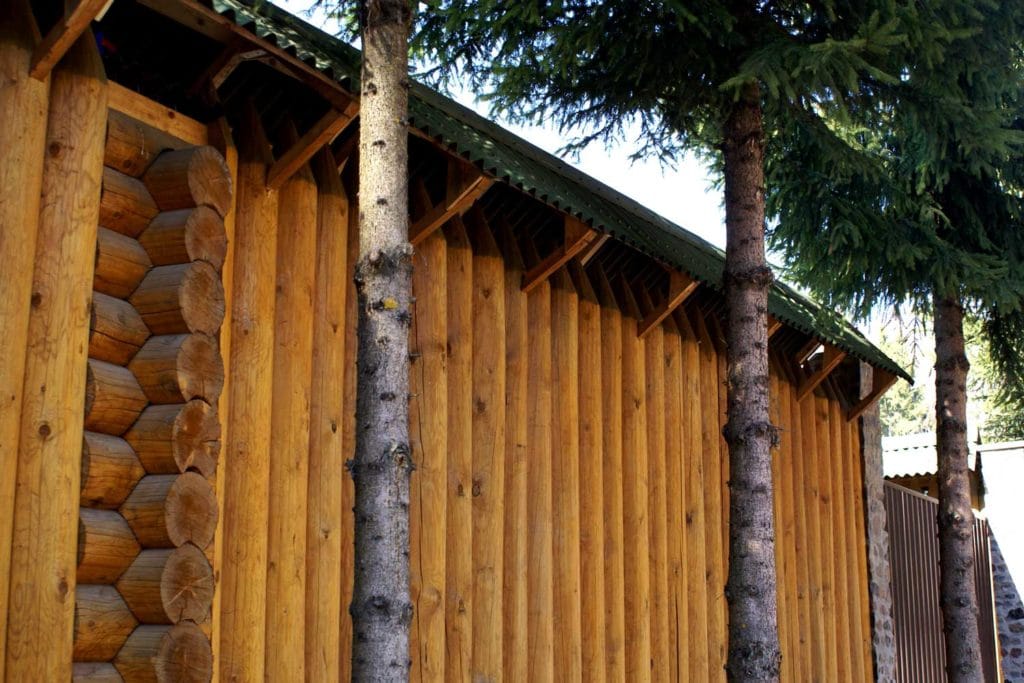
Palisade Fence
The fence can be of the following types:
- Palisade. Wooden stakes are used, driven tightly against each other. The main disadvantage of this fence is the need for a lot of material.
- Board fence, where additional boards are nailed horizontally to support logs. These can also be nailed vertically or even diagonally.
- Picket fence. A fence made of longitudinal rails to which vertical boards are nailed.
- Fence, often erected on pastures. A low fence with support posts to which two rails are attached.
- Wattle fence – a fence made using young branches of trees and shrubs.
- Cross – externally, this is a decorative fence with inserts from poles of various materials, often reinforced concrete.
- Checkerboard with gaps – this is a wooden panel attached to brick posts. These posts have rails on which boards are fixed in a checkerboard pattern.
There are other types of wooden fences. It is worth remembering that such fences will require time, although the financial costs will not be significant. However, it will be necessary to constantly maintain the appearance of the fence, as the wooden structure can quickly lose its presentability. It is more of a temporary type of fence, as it cannot be considered a reliable protection for a suburban area.
Types of Posts and Foundations
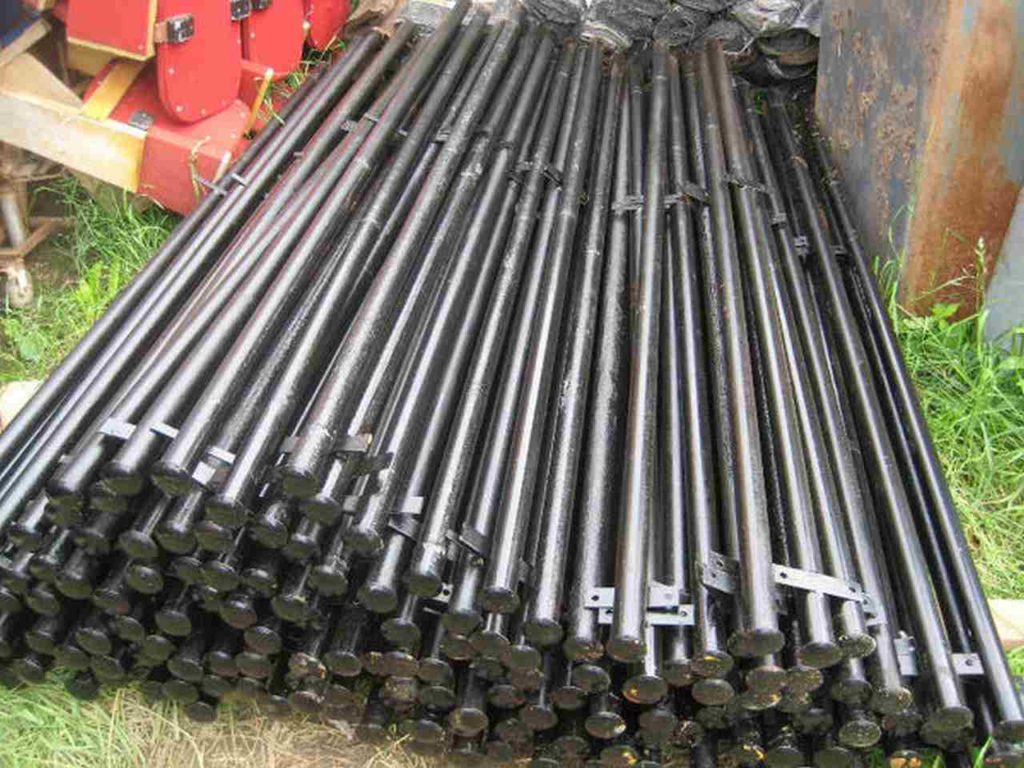
Metal Posts
Posts form the basis of a wooden fence, bearing all its weight. In some cases, they also have a decorative function. Wood, metal, or brick can be used for posts.
Remember the following:
- Metal posts – the most common type of base for a wooden fence. They are characterized by their durability and strength.
- Brick base – looks good in decorative terms. In addition, a fence for a dacha or country house with such posts will last much longer. However, there is a downside, which is the high cost of brick.
- Wooden posts – the classic option for a wooden fence. Both round logs and rectangular beams are used. In the initial stages of work, this base is tarred and treated with an antiseptic.
Foundation for the Fence
It protects the base and the lower part of the fence, as the posts, being in contact with the ground, can be damaged due to adverse factors.
The foundation can be strip or columnar. A strip foundation is necessary for heavy structures made of concrete or brick. A columnar foundation is suitable for light structures, for example, made of wood or chain-link. That is, for those where the main load goes to the main posts.
Woven Fence
This structure is built without much effort. Even an inexperienced person can quickly learn and cope with the work. At the same time, a woven fence made of boards is quite original.
To build the fence, you will need:
- Posts that will serve as supports. Their length reaches 3 m.
- Planed boards 6 m long and 25 mm thick.
- Screws or nails for fastening.
- Level.
- Gasoline-powered drill.
- Concrete with gravel.
- Intermediate boards 2 m long and 25 mm thick.
The support distance is 3 m; if the boards are thin, it is reduced to 2-2.5 m. The main and intermediate posts are connected by boards along their entire length, adding 3-4 cm. The support posts are concreted, as wide spans increase the load on the supports and they can start to sway.
How to install a woven fence? You need to do the following:
- Measure the area where the fence will be installed. For this, pegs and strings are taken. The distance is measured between the supports, taking into account the place for the gate and gate.
- Drill holes with a diameter of 25 cm and a depth of 100 cm according to the markings.
- First, sand is poured into the holes, then gravel, so that 1/3 of the hole is filled. Compaction is carried out, then posts are installed, and the holes are filled with cement. In addition, using a level, the supports need to be leveled.
- While the cement is drying, the planed boards need to be primed and treated with a composition against pests.
- Now it’s time to install vertical boards between the supports. They will be the basis for creating the woven pattern.
- The first beam is attached from below using screws at a distance of 15-20 cm from the ground. The top beam is installed according to the same scheme. Weaving starts from the top. The boards are interwoven in a checkerboard pattern.
- After completing the work, the surface of the fence is covered with linseed oil. After it dries, it is covered with varnish or 2-3 layers of enamel paint.
How to Build a Lattice Fence
Sometimes a gardener needs a fence that will not interfere with the penetration of sunlight into the plot with plantings. In addition, the fence often serves to support grapes and other climbing plants. In this case, the ideal option is a lattice fence, where the diameter of the holes is 10-15 cm.
Initially, a frame is made from slats. After that, a grid is made from slats, where they are located parallel and perpendicular to each other. In this case, before starting work, an accurate calculation should be made and a plan of the structure should be drawn up.
[wpmfc_cab_sw]Posts are placed relative to the size of the frame. Crossbars are made on the supports. Spacers are screwed between them, and then the grid itself is installed.[/wpmfc_cab_sw]



